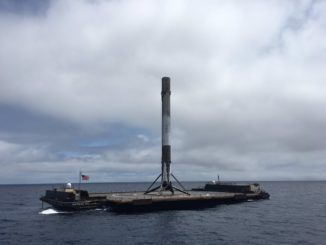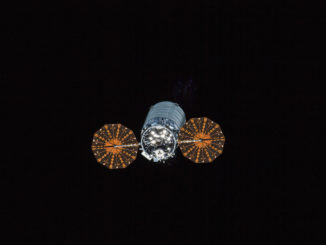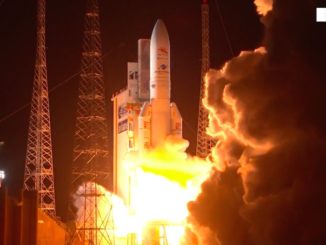NASA’s Perseverance rover, contained inside its aeroshell for a searing plunge into the Martian atmosphere next year, has been cocooned inside the payload shroud of its Atlas 5 launcher and mated with the rocket ahead of liftoff from Cape Canaveral scheduled for July 30.
The six-wheeled robot is NASA’s next Mars rover. It’s similar in size and appearance to NASA’s Curiosity rover, which landed on the Red Planet in 2012. But Perseverance carries a different set of scientific instruments, featuring upgrades such as microphones, a zoom-capable camera, and a technology experiment to demonstrate the generation of oxygen on the surface of Mars.
A primary objective of the $2.7 billion mission is to collect dozens of drilled core samples from Martian rocks. The specimens will be hermetically sealed in tubes by Perseverance, and will wait arrival of a future robotic mission to return the samples to Earth for analysis.
Perseverance, the centerpiece of NASA’s Mars 2020 mission, is scheduled for liftoff on top of a United Launch Alliance Atlas 5 rocket during a two-hour window July 30 opening at 7:50 a.m. EDT (1150 GMT).
Read our full story on the mission’s launch status. More photos from the encapsulation of the Mars 2020 spacecraft and its attachment to the Atlas 5 rocket are posted below.
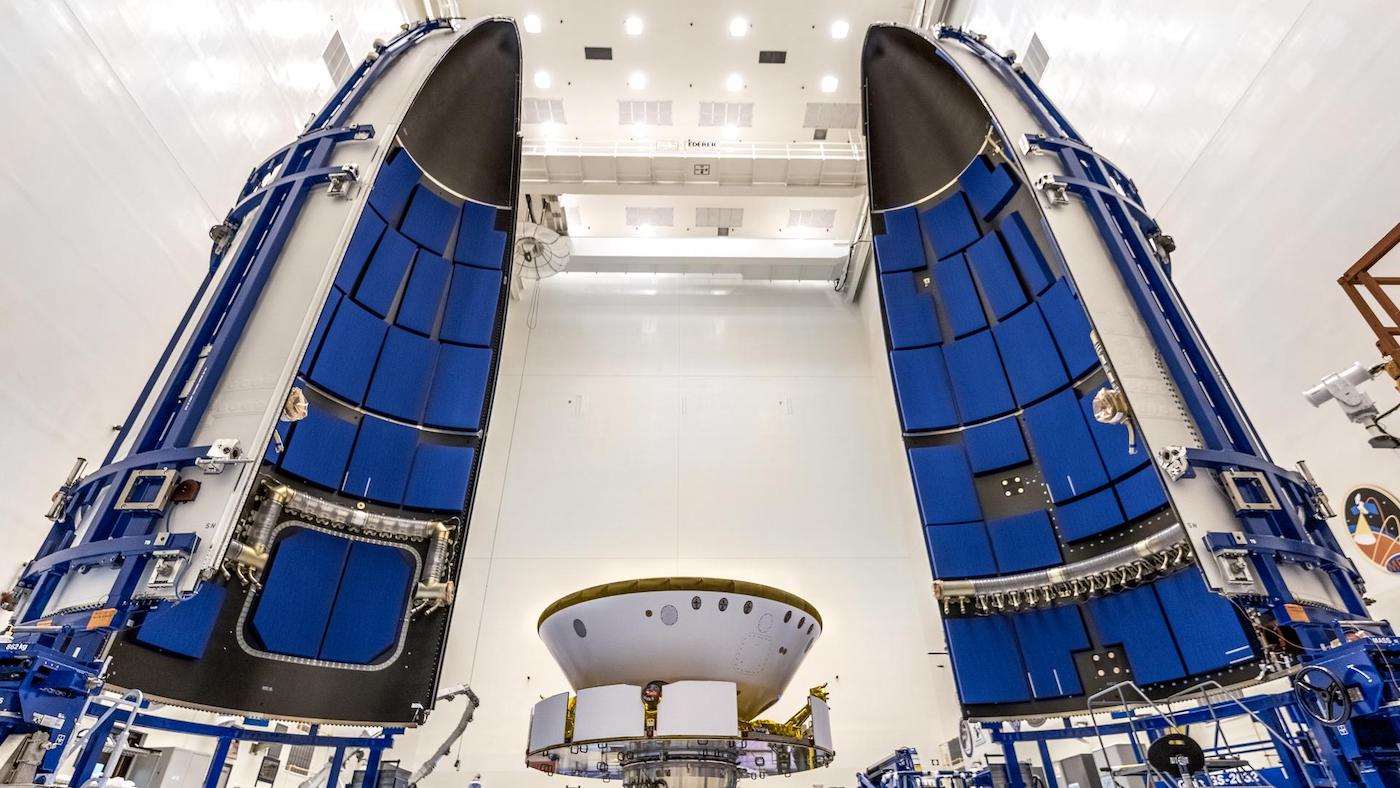
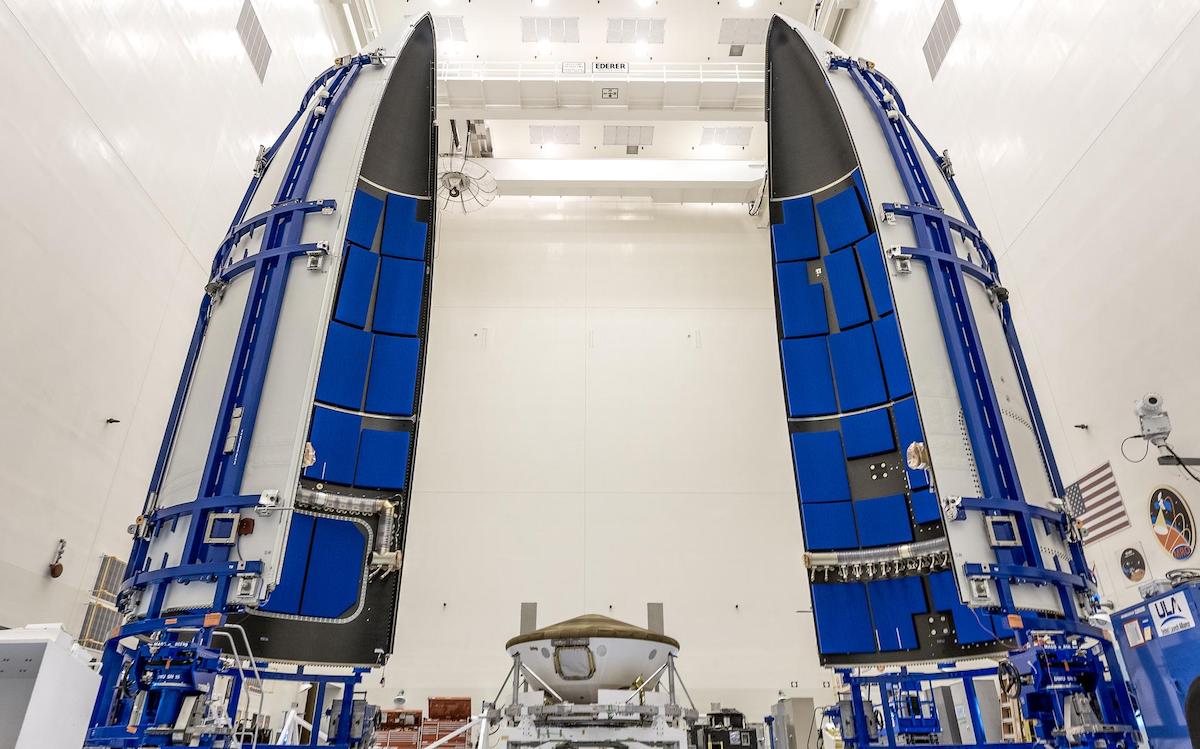
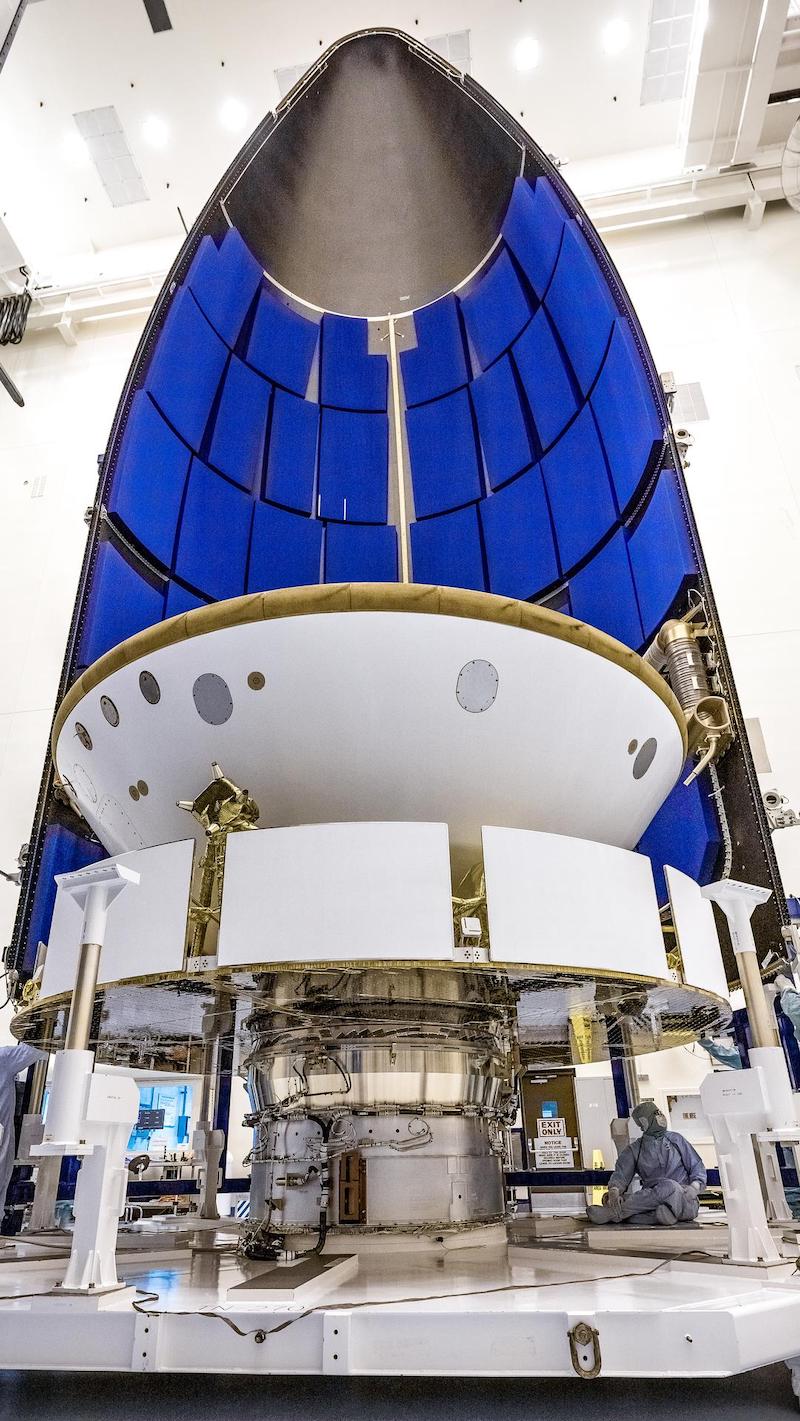
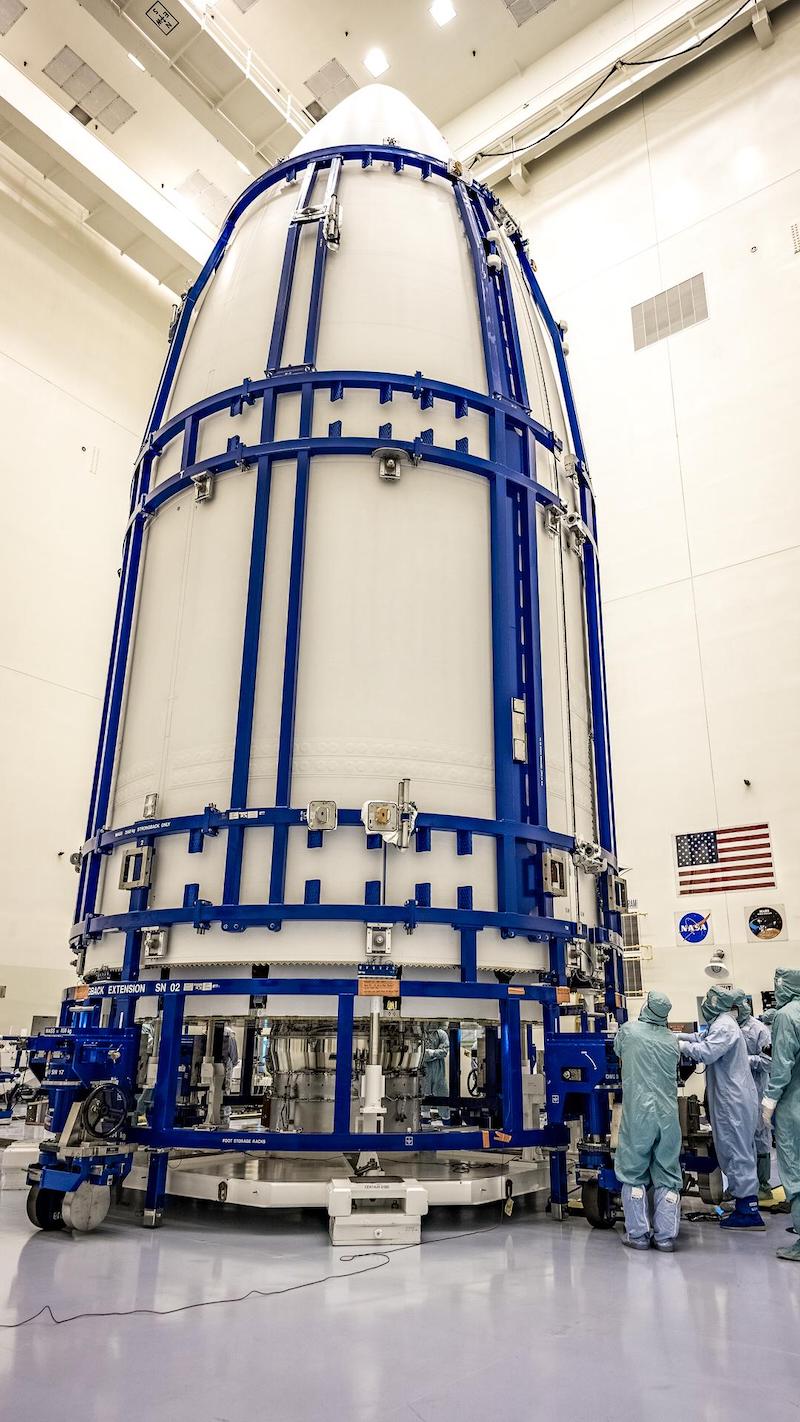
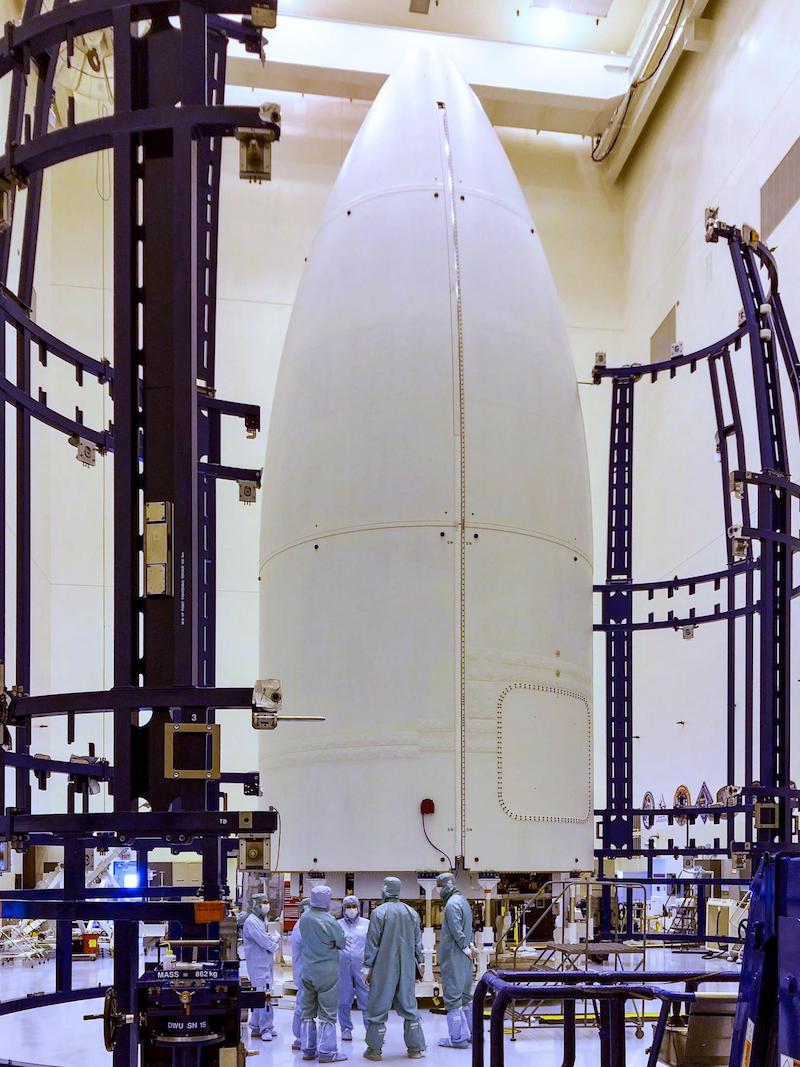
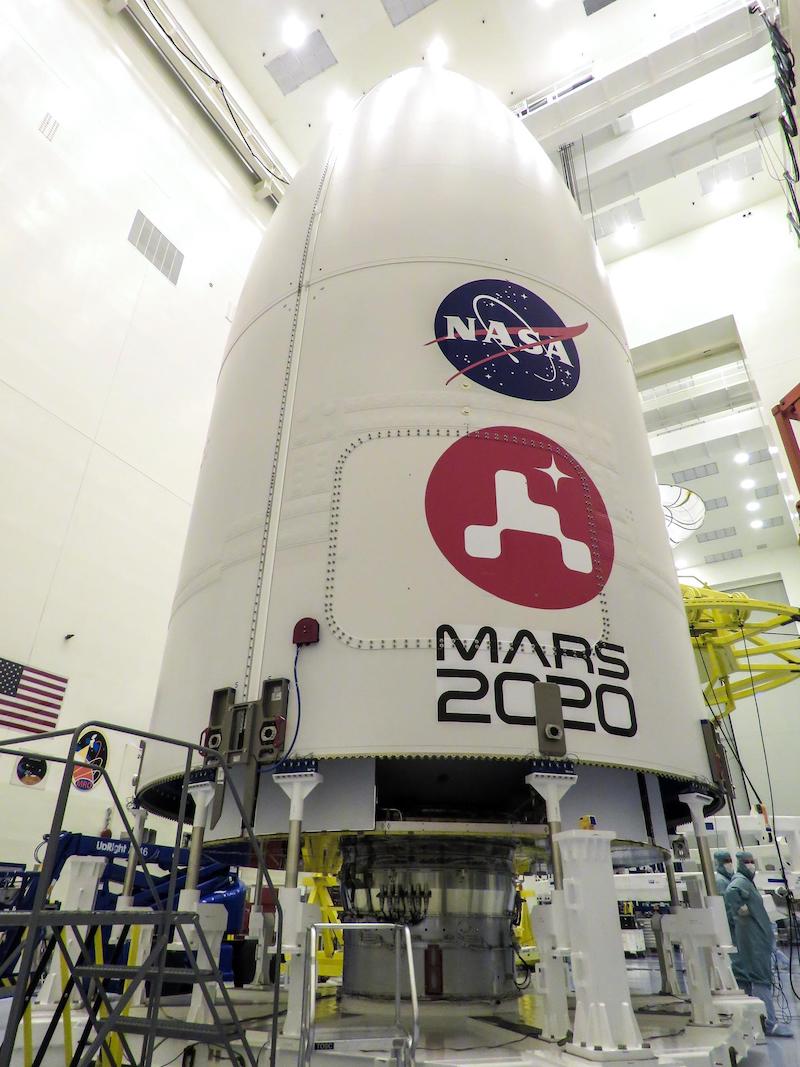
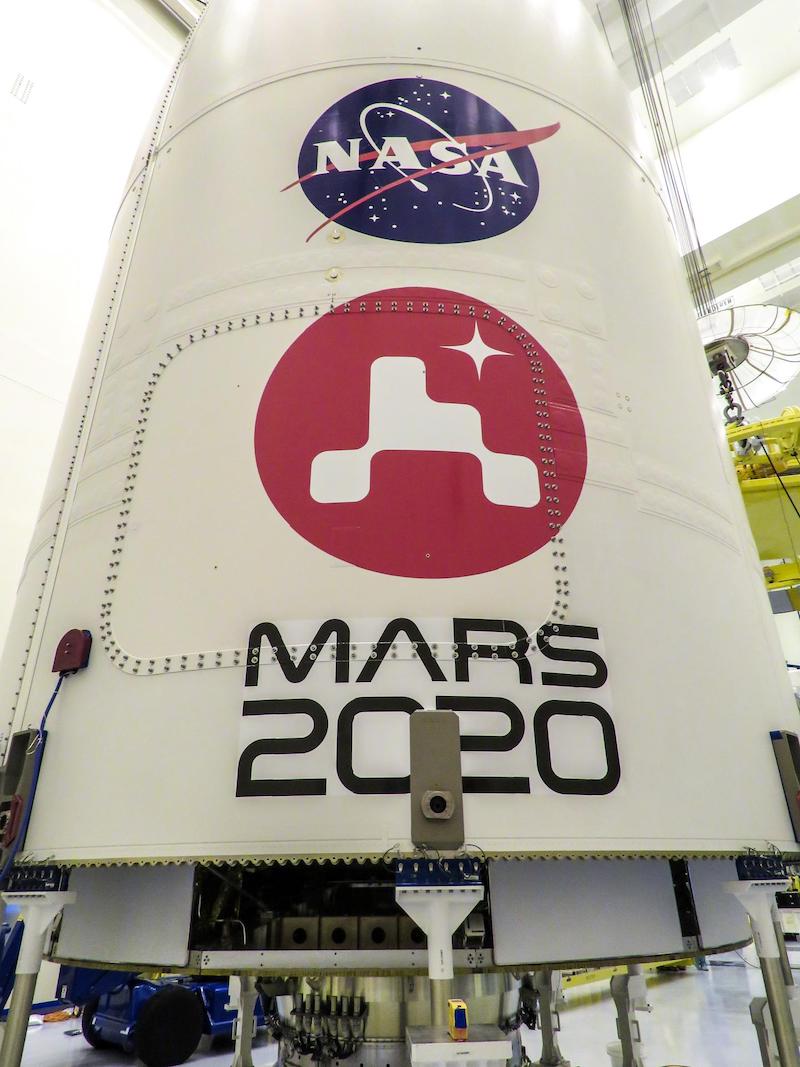
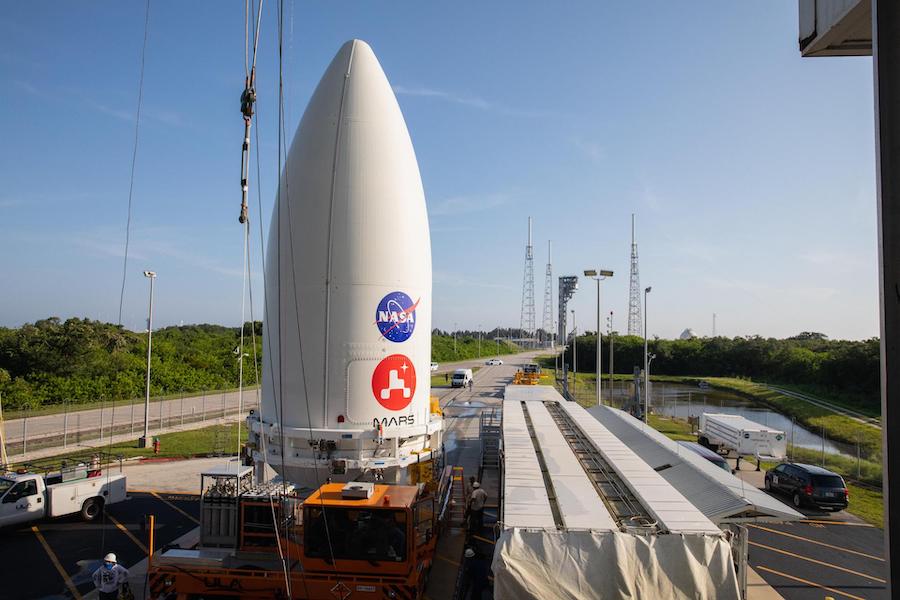
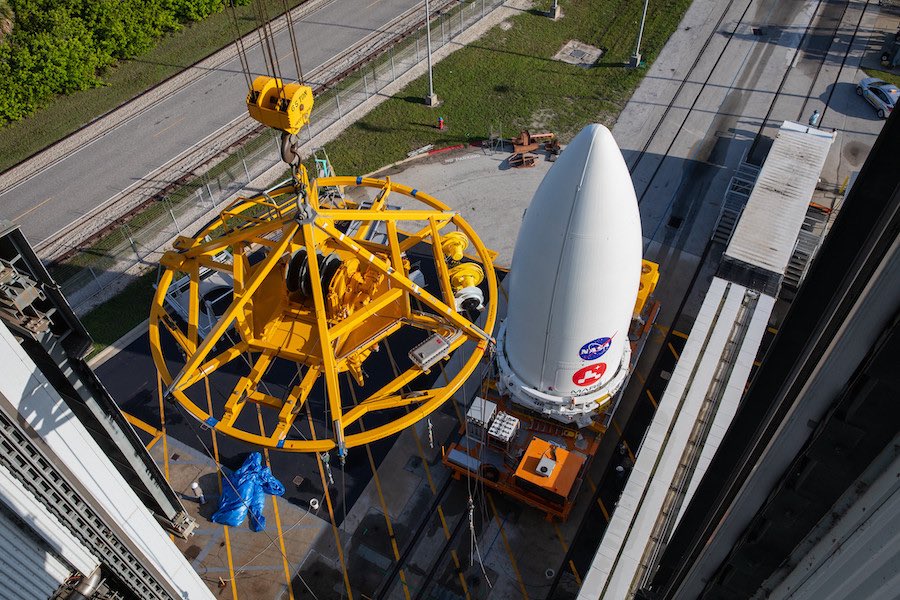
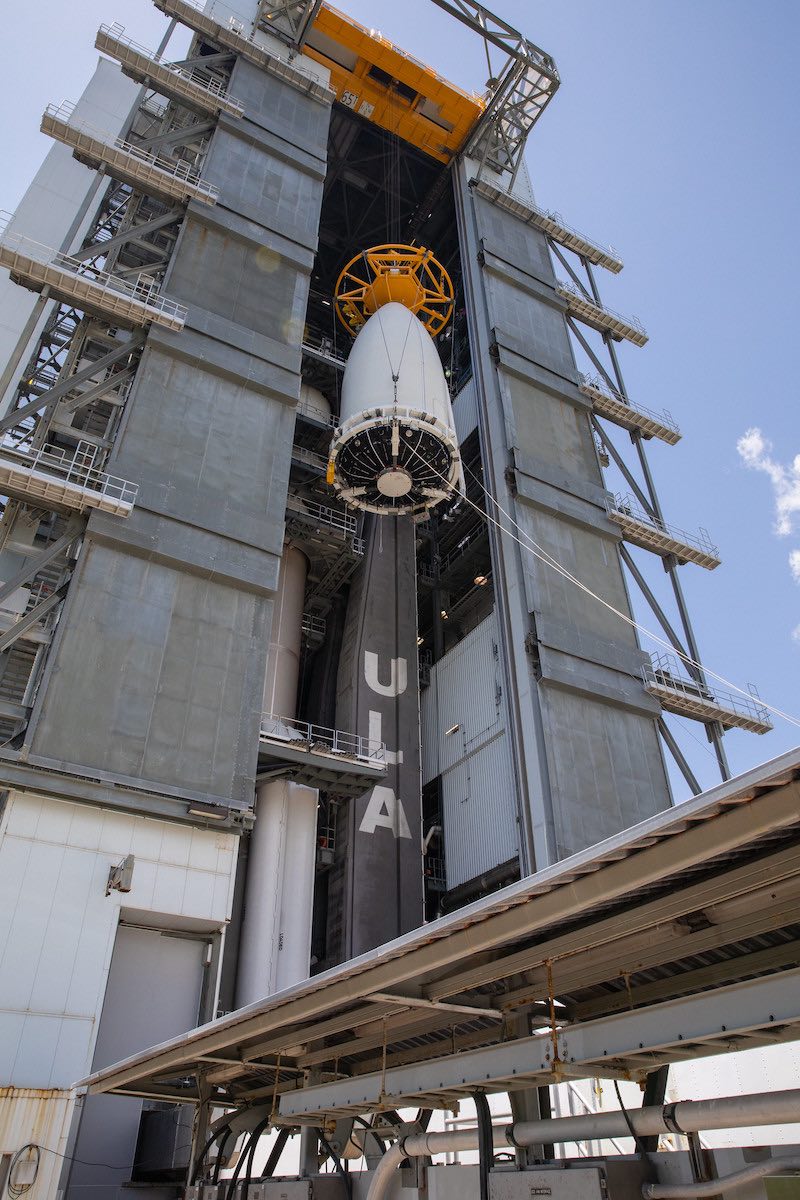
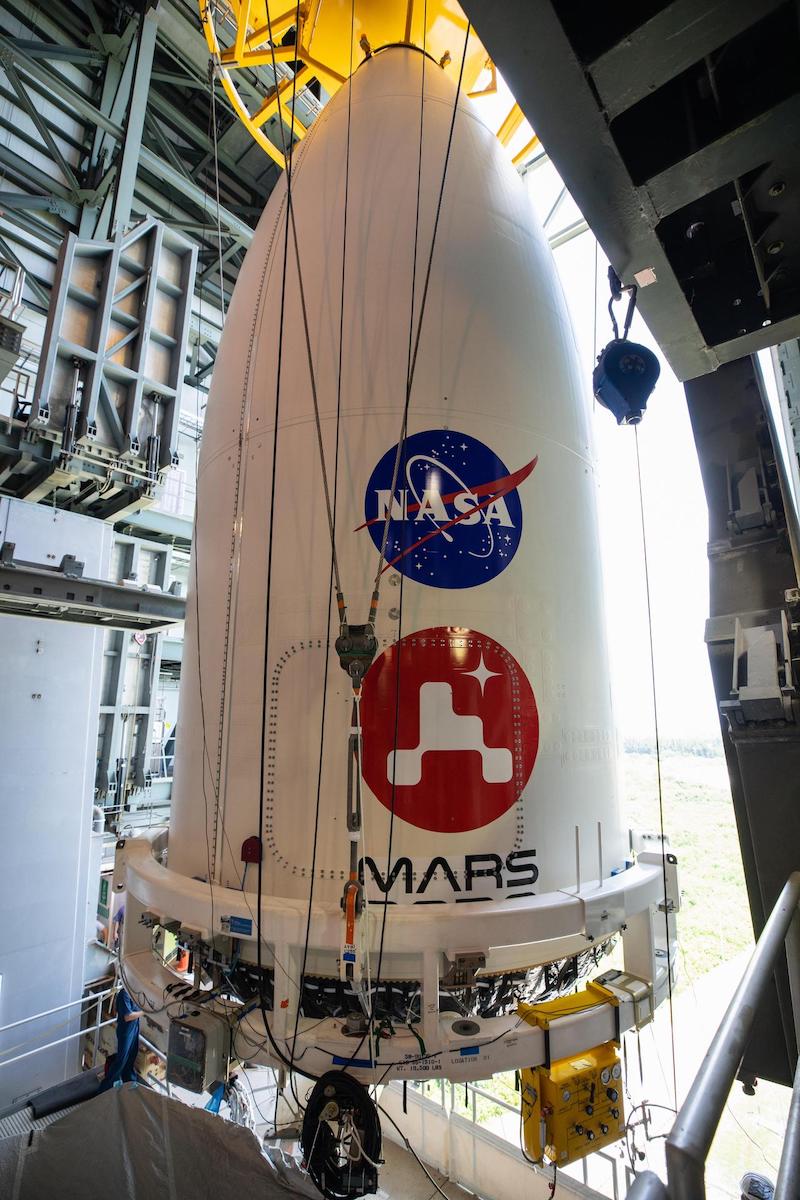
Email the author.
Follow Stephen Clark on Twitter: @StephenClark1.

